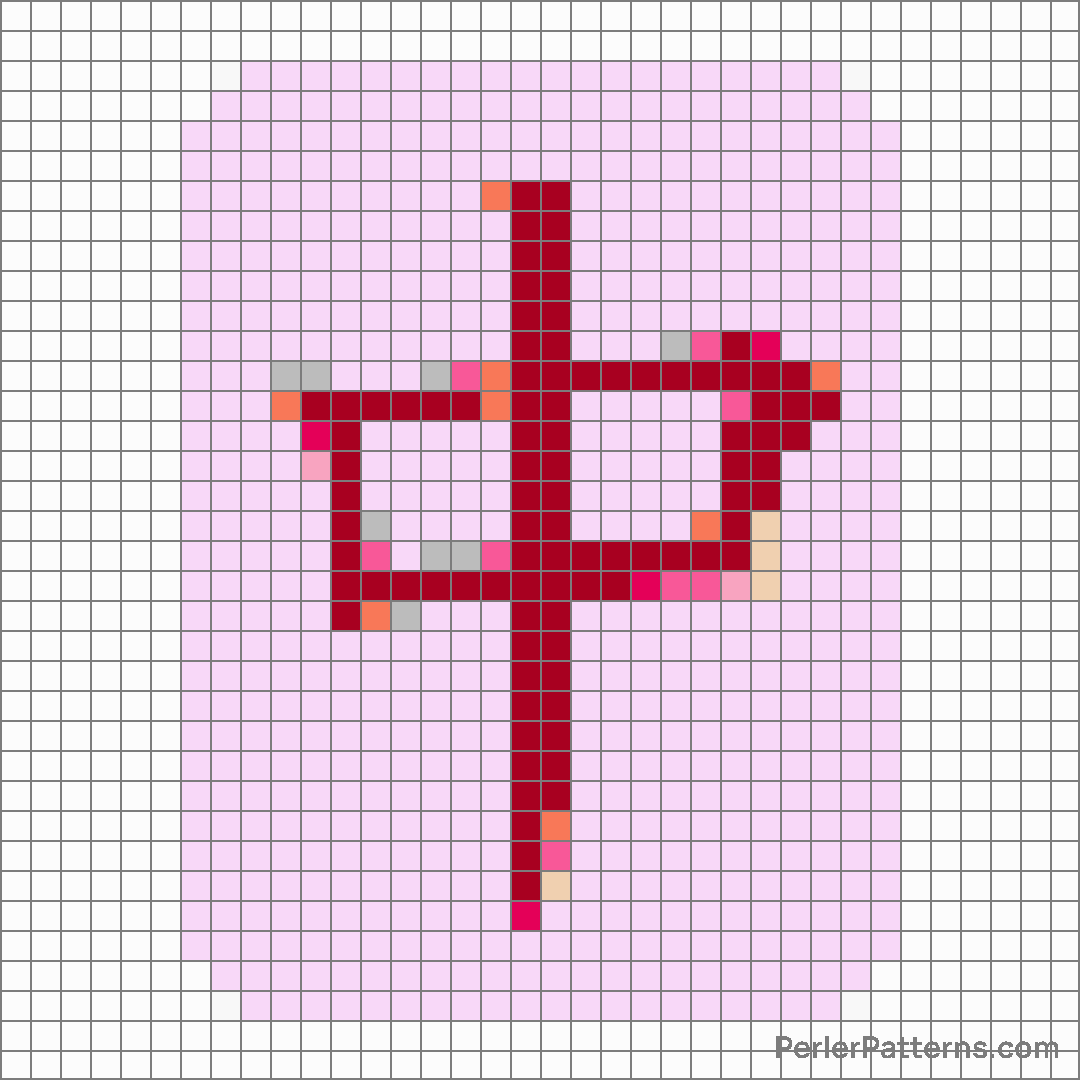
Mahjong red dragon emoji Perler Pattern
The emoji 🀄 portrays a red tile with a Chinese character written on it. The character represents the Mahjong tile for red dragon, an important element in the traditional Chinese game of Mahjong. The tile is depicted with two horizontal lines, one thick and one thin, creating a visually appealing contrast. The vibrant red color catches the eye and adds a touch of energy to the emoji's appearance. With its simple yet intriguing design, this emoji is a symbol of the rich cultural heritage of China and the popular game of Mahjong that has been enjoyed for centuries. This emoji can be used in various contexts, depending on the individual's intent. It may be utilized to signify an interest or appreciation for traditional Chinese culture, particularly when discussing topics such as games, history, or travel. Additionally, due to its association with Mahjong, it can be employed when discussing recreational activities, board games, or even strategy. The 🀄 emoji can also be utilized figuratively to convey ideas related to resilience, strength, or luck. Furthermore, it often finds its way into messages related to Eastern philosophy, mindfulness, or the pursuit of balance and harmony. Its versatility allows it to adapt to different conversations and provides a gateway to explore deeper cultural connections.
Instructions
Start making the "Mahjong red dragon" emoji Perler Pattern by choosing one of the patterns below, depending on the size of pattern you are looking for, and the outline style. Then, click on the "Print" button to the right to print out the pattern, or click on the image itself to open it in a new window.
Once you've printed the pattern, follow the instructions here to make your own Perler bead creation!
Related Patterns

Joker

Chess pawn

Crystal ball

Yo-yo

Piñata

Spade suit

Heart suit

Slot machine

Water pistol

Flower playing cards

Bullseye

Game die
More from Activities
About PerlerPatterns.com
PerlerPatterns.com is the world's largest (and free) site for Perler Beads, Fuse Beads and Hama Beads patterns and designs.
Learn how to create your own Perler Bead patterns by click on the button below:
Instructions





















